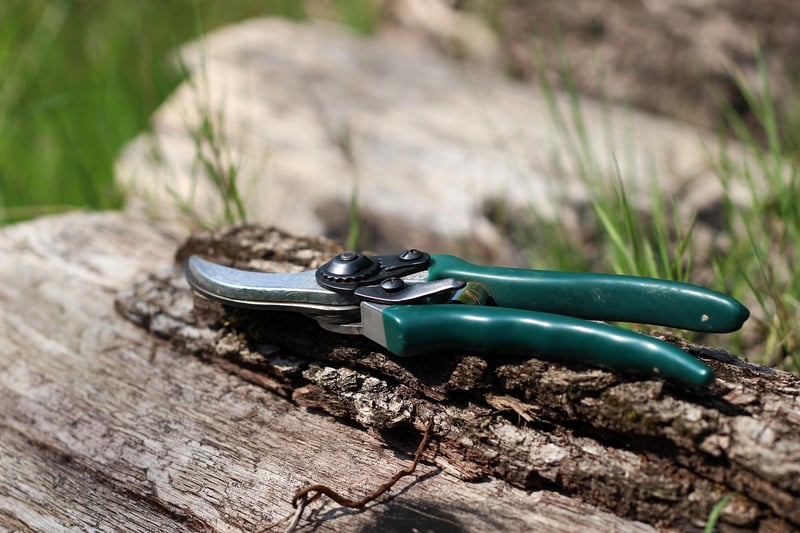Pruning Techniques
Keep Your Garden Thriving with Proper Pruning Techniques
Having a beautiful garden requires more than just planting the right flowers or vegetables. Proper maintenance, including pruning, is essential to ensure your garden thrives and looks its best. Pruning is not only about shaping plants but also about promoting their health and growth. Here are some essential pruning techniques to help you keep your garden in top shape:
1. Understanding the Basics
Before you start pruning, it's crucial to understand the basics. Identify the type of plant you have in your garden and research the best pruning practices for that particular species. Different plants require different approaches, so make sure you are familiar with the specific needs of each plant.
2. Tools of the Trade
Invest in high-quality pruning tools to make the job easier and more effective. Sharp bypass pruners, loppers for thicker branches, and saws for larger limbs are essential for proper pruning. Keeping your tools clean and sharp will ensure clean cuts that promote plant healing.
3. Timing is Key
Pruning at the right time is crucial for the health of your plants. While dead or diseased branches can be removed at any time, it's important to prune flowering plants right after they bloom and dormant plants in late winter or early spring before new growth begins.
4. Techniques for Different Plants
Each type of plant requires specific pruning techniques. For shrubs, focus on removing dead or weak branches to encourage new growth. Trees may need crown thinning to improve air circulation, while fruit-bearing plants benefit from selective pruning to increase fruit production.
5. Monitor and Adjust
Regularly monitor the growth of your plants and adjust your pruning techniques accordingly. As plants grow, their needs change, so be prepared to adapt your pruning schedule and methods to ensure optimal health and appearance.
6. Seek Professional Help
If you are unsure about how to prune certain plants or if you have large trees that require pruning, don't hesitate to seek professional help. Certified arborists or gardeners can provide expert advice and ensure that your plants are pruned correctly without causing damage.
Conclusion
By following these pruning techniques and tips, you can keep your garden looking beautiful and ensure the health and vitality of your plants. Remember, proper pruning is not just about aesthetics but also about promoting growth and preventing disease. Take the time to care for your garden, and you will be rewarded with a thriving outdoor space that you can enjoy for years to come.

Keep your garden thriving with the right pruning techniques!
